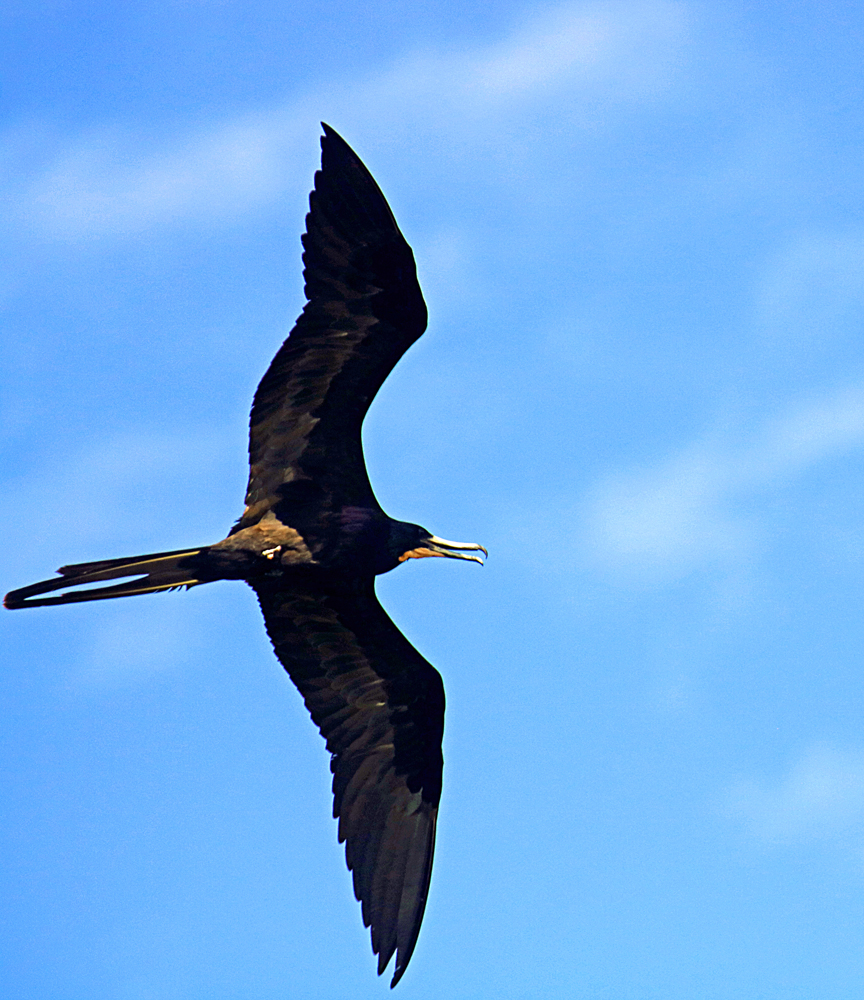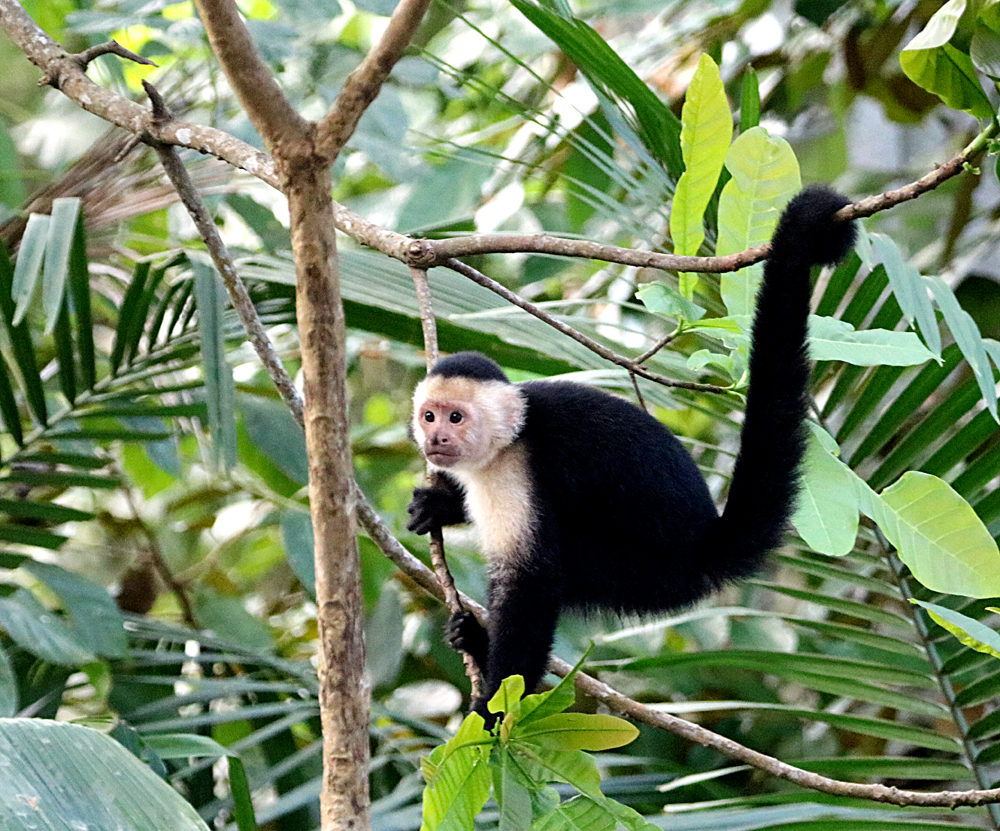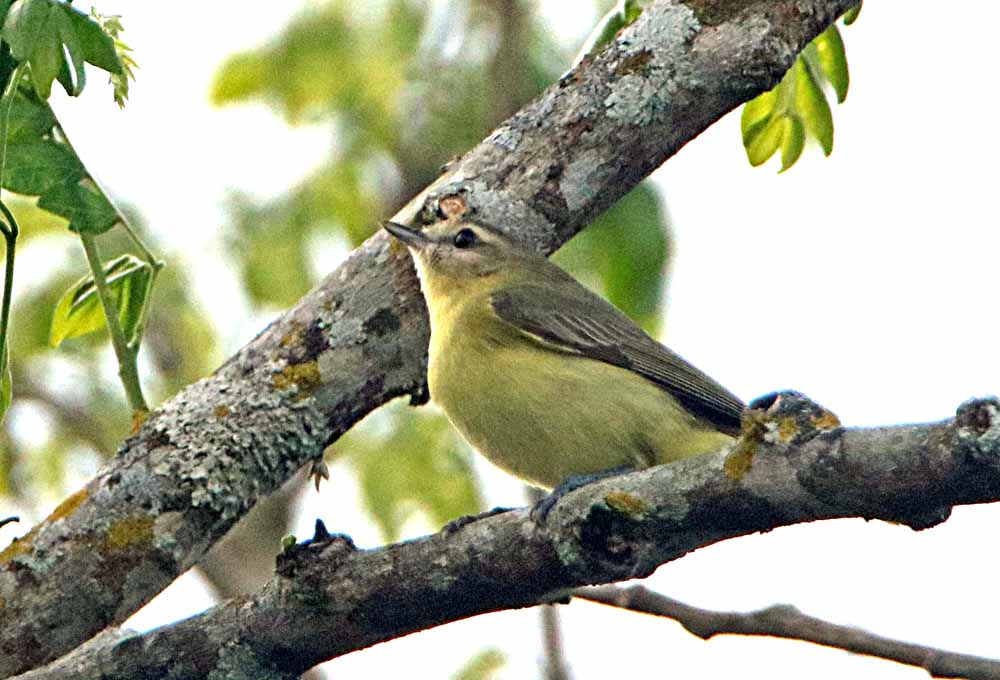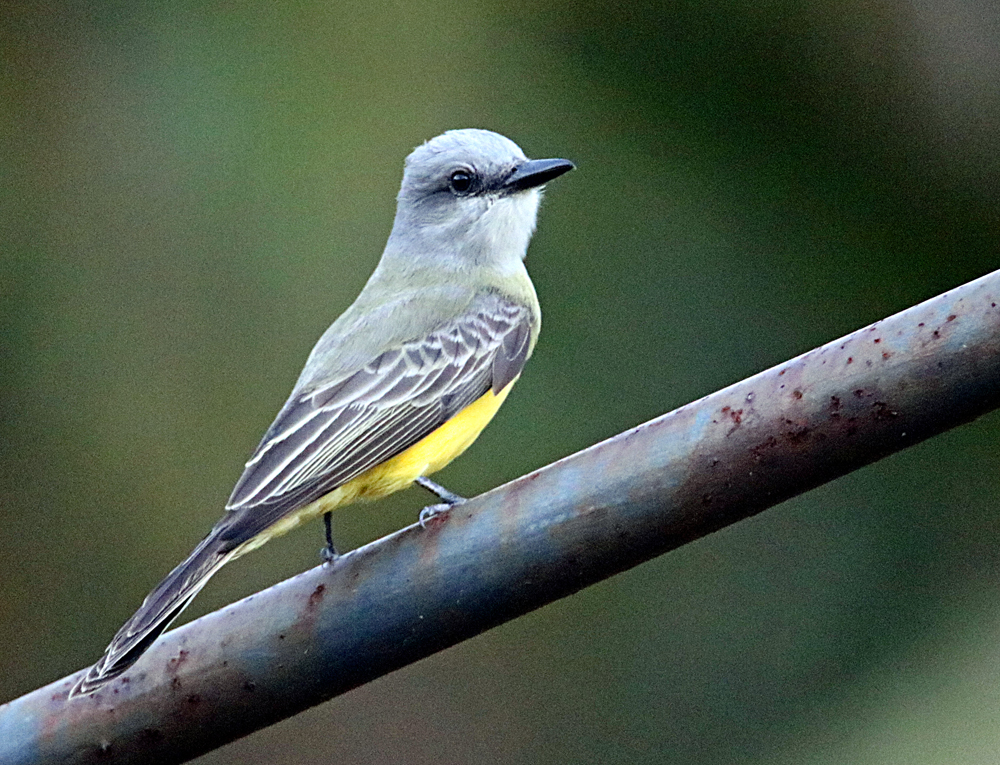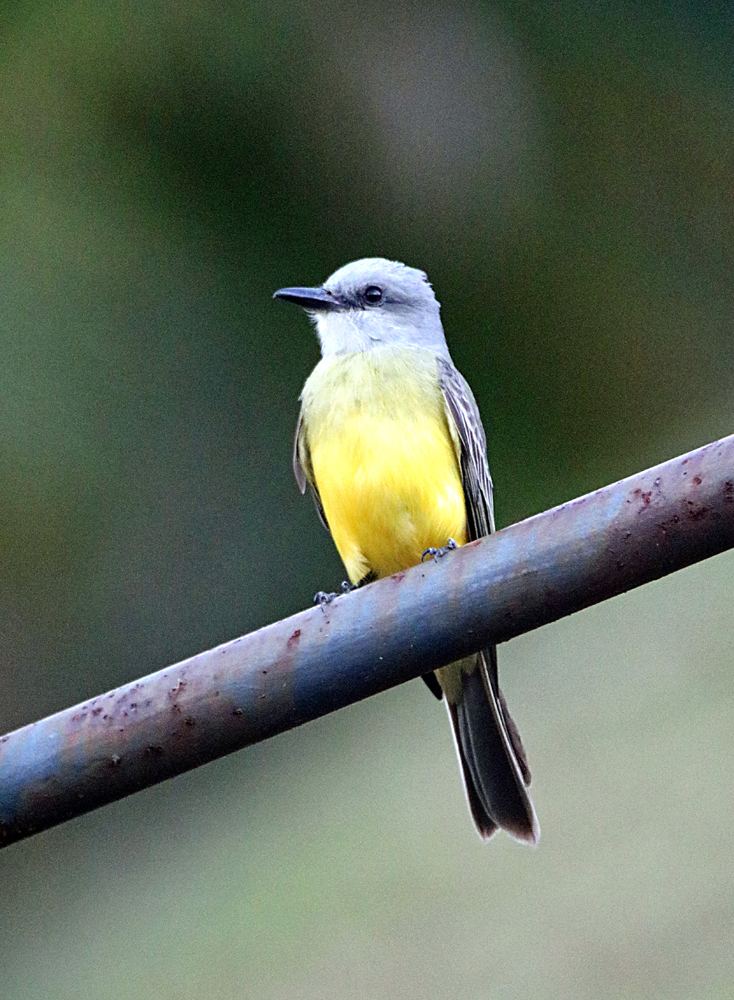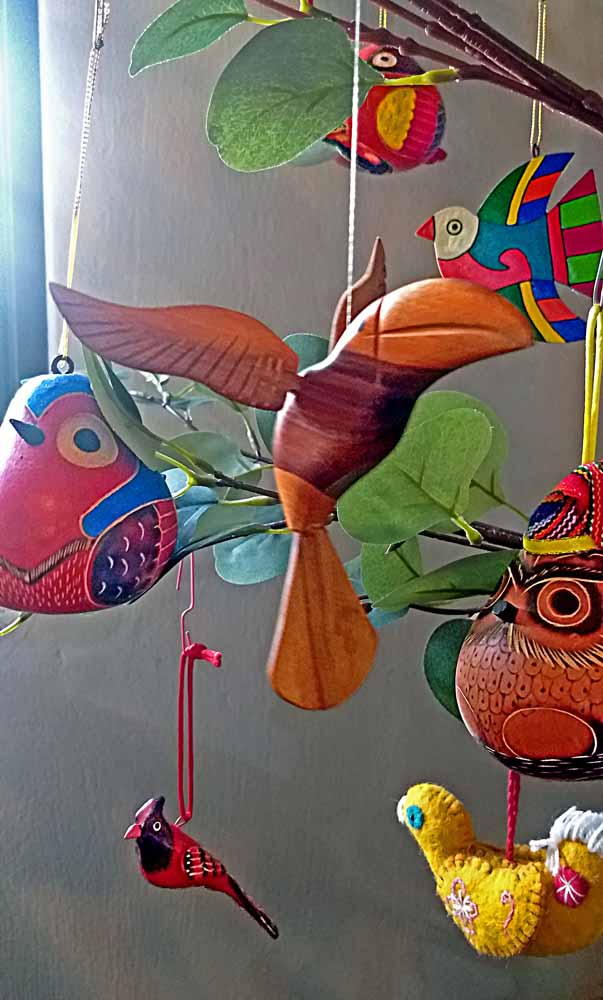We saw many Scarlet Macaws on Rio Tarcoles but none where we could get a good picture, but as we were leaving the village of Tarcoles on our way to Punta Leona, we saw this one along the side of the road and thus it is my only photo of one this trip! But I have a lot more photos in my Scarlet Macaw Gallery. 🙂
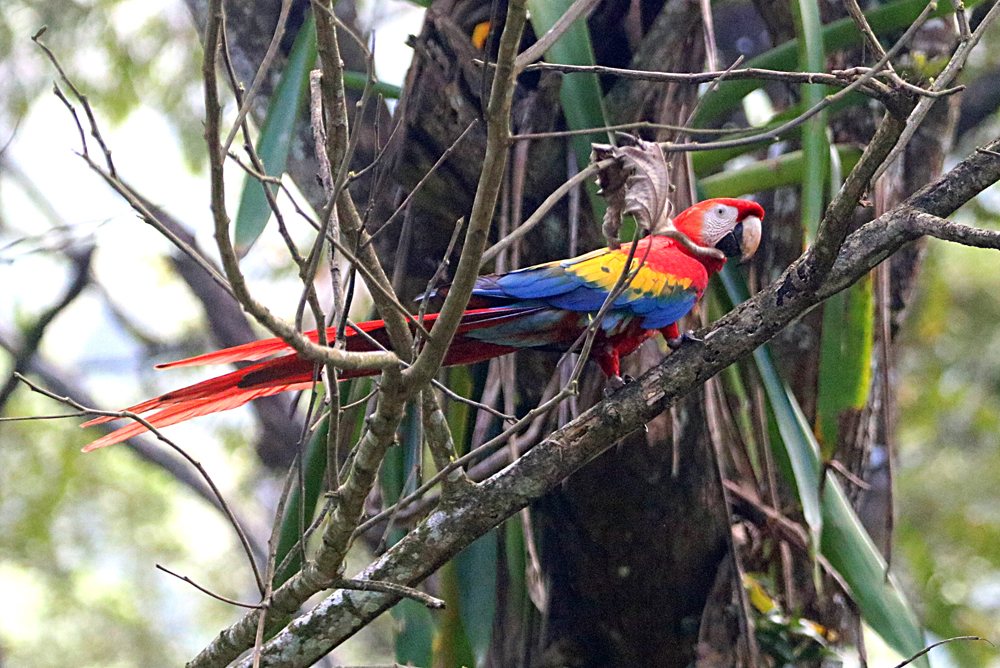
This Scarlet Macaw lives mostly on the Pacific Slope of Costa Rica with a few going over the continental divide to the Atlantic or Caribbean Slope. They are listed as “threatened” and are decreasing in numbers because of habitat loss, but not listed as “endangered” yet like the Great Green Macaw which lives only on the Caribbean Slope. There are Ara Projects for both species working to save them in the wild. In Limón Province at Manzanillo there is the AraManzanillo (Green Macaw Project) and for this Scarlet Macaw there is on Nicoya Peninsula the Macaw Recovery Network which is working to preserve this beautiful parrot. Both programs use nesting boxes in the wild because there are not as many old trees left with natural holes for nests. I’ve seen these nesting boxes at both Hotel Punta Leona and at Tambor Tropical Resort. They work! with lots of macaws nesting in both places. And Maquenque Eco Lodge is adding nesting boxes and planting almond trees (favorite food of macaws). In fact, I planted one of the almond trees the last time I was there! 🙂
¡Pura Vida!
See the Day Trip Gallery: 2025 January 7 — Rio Tarcoles & Punta Leona


